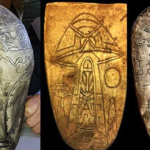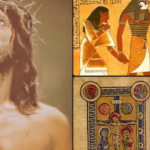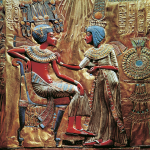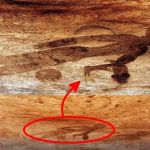Unveiling Treasures from the Tomb of Tutankhamun at the Egyptian Museum in Cairo: Pectoral of Horus with Sun-Disk

In the annals of ancient Egyptian history, few artifacts rival the splendor and significance of the Pectoral of Horus with Sun-disk. Discovered within the storied confines of the Tomb of Tutankhamun (KV62) in the Valley of the Kings, West Thebes, this exquisite pectoral now resides in the hallowed halls of the Egyptian Museum in Cairo. With its intricate craftsmanship and symbolic motifs, the Pectoral of Horus offers a window into the religious beliefs and artistic achievements of ancient Egypt.
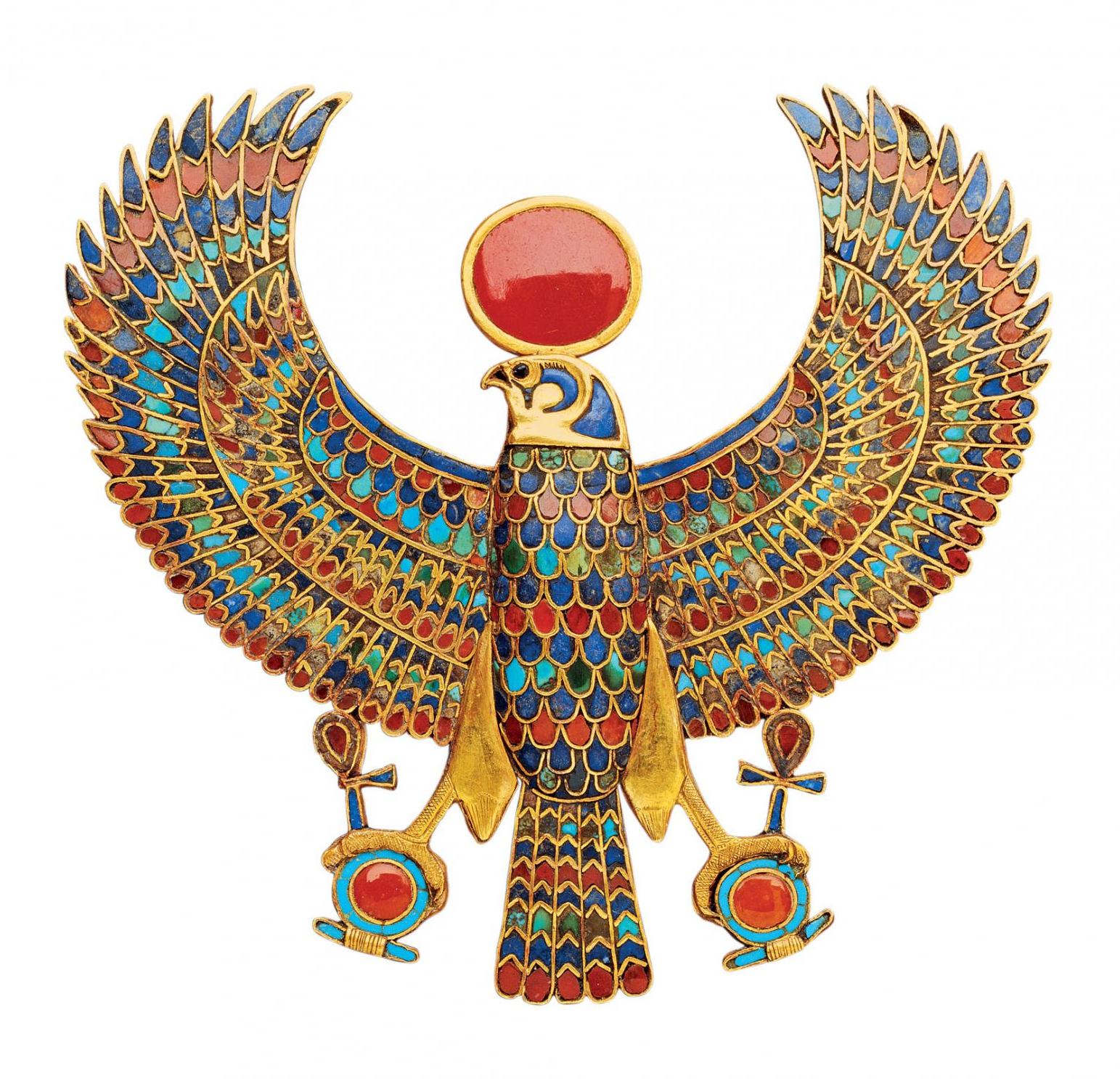
The tomb of Tutankhamun, unearthed by British archaeologist Howard Carter in 1922, remains one of the most celebrated archaeological discoveries of the 20th century. Amidst the treasures found within the tomb’s innermost chamber was the Pectoral of Horus, a remarkable piece of jewelry believed to have adorned the young pharaoh in the afterlife. Crafted from gold and inlaid with precious gemstones, the pectoral exemplifies the opulence and craftsmanship of the New Kingdom period.

At the heart of the pectoral lies the figure of Horus, one of the most important deities in the Egyptian pantheon. Depicted with the head of a falcon and wearing the double crown of Upper and Lower Egypt, Horus symbolizes kingship, divine protection, and cosmic order. His outstretched wings envelop a radiant sun-disk, a potent symbol of life, regeneration, and divine power. Surrounding Horus are hieroglyphic inscriptions invoking the protection of the god and affirming the pharaoh’s eternal reign.
The Pectoral of Horus serves not only as a symbol of royal power but also as a testament to the ancient Egyptian belief in the afterlife. In Egyptian religion, the journey to the afterlife was fraught with peril, and the deceased relied on the protection of powerful deities like Horus to guide them safely to the realm of the gods. By wearing the pectoral in death, Tutankhamun hoped to secure the favor of Horus and ensure his eternal salvation.

Today, the Pectoral of Horus with Sun-disk holds pride of place in the Egyptian Museum in Cairo, where it continues to captivate visitors from around the world. Its exquisite beauty and profound symbolism offer a glimpse into the spiritual and artistic world of ancient Egypt, inviting us to marvel at the ingenuity and devotion of its craftsmen. As we gaze upon the gleaming gold and sparkling gemstones of the pectoral, we are transported back in time to a civilization that revered gods and kings, and where artistry and spirituality were intertwined.
In conclusion, the Pectoral of Horus with Sun-disk stands as a testament to the enduring legacy of ancient Egypt and the remarkable achievements of its artisans. From its humble origins in the tomb of Tutankhamun to its current home in the Egyptian Museum, the pectoral continues to inspire wonder and admiration, reminding us of the timeless allure of Egypt’s pharaohs and gods. As we ponder the mysteries of the past, we are reminded that the echoes of ancient civilizations still resonate in the artifacts they left behind, offering us a glimpse into the majesty and grandeur of bygone eras.



